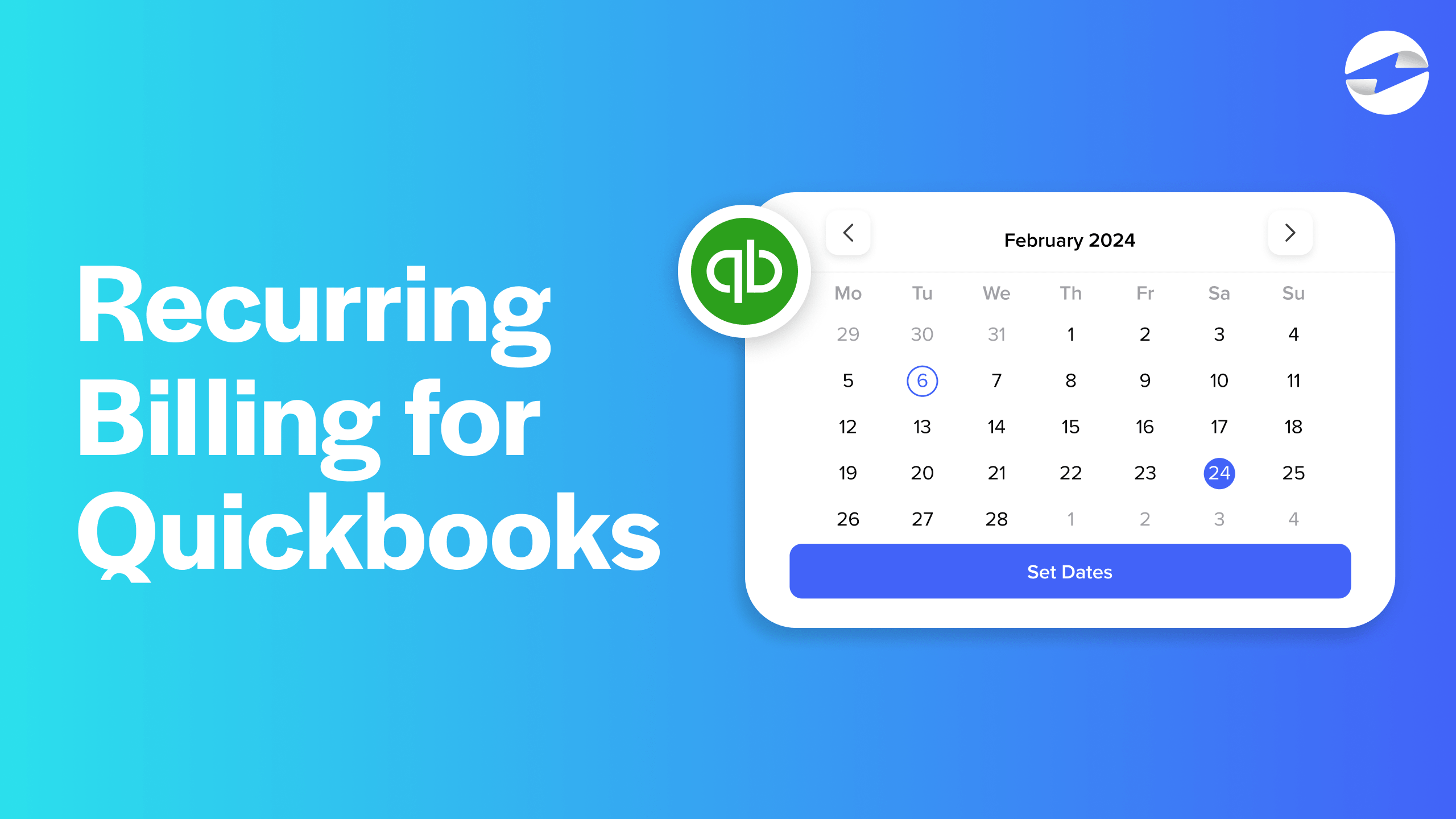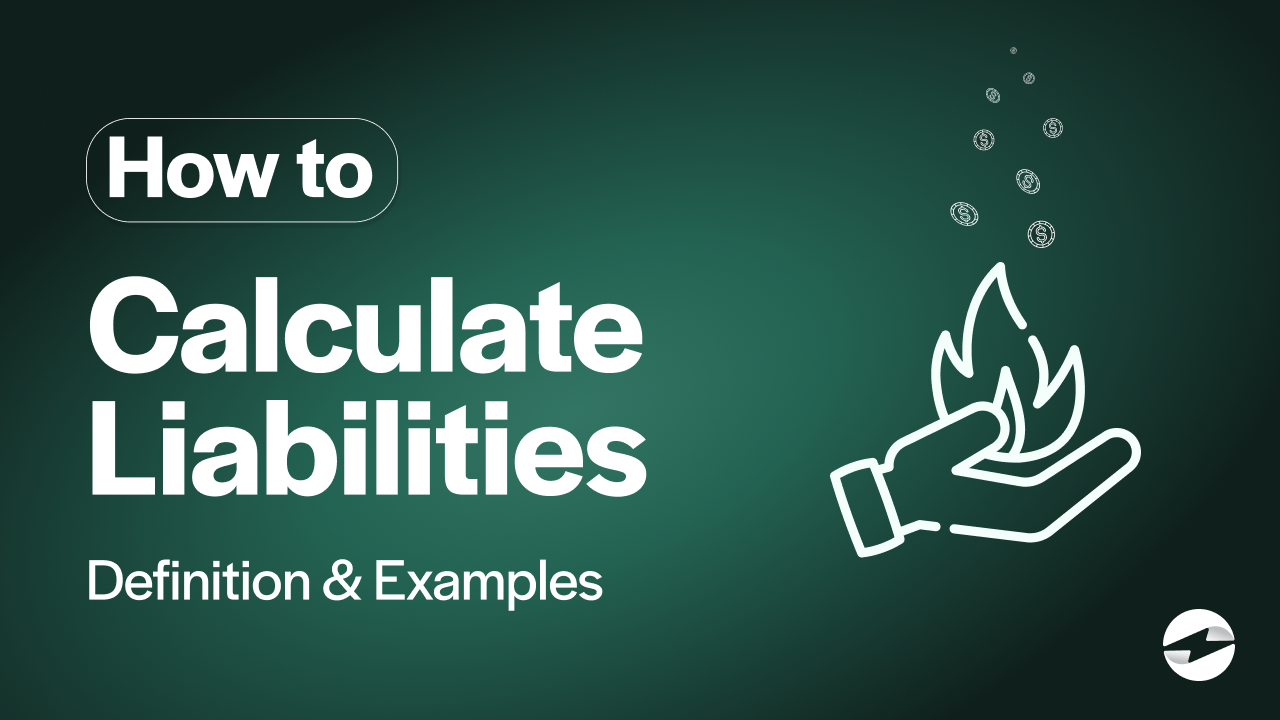How Credit Card Processing Works
How Credit Card Processing Works
When a credit card is used, whether in a store, online, or at an ATM, a complex process is triggered to ensure the transaction is completed smoothly. Though this process takes only a few seconds, several steps happen behind the scenes.
Parties Involved in Credit Card Processing
Several key parties are involved in every credit card transaction:
- Cardholder: The individual purchasing a product or service.
- Merchant: The business selling the product or service.
- Payment Processor: The company providing the technology (hardware and software) that allows merchants to process credit card transactions.
- Credit Card Networks: These include major brands such as MasterCard, Visa, Discover, and American Express.
- Issuing Bank: The cardholder’s bank, which is responsible for verifying and approving the transaction.
Authentication and Authorization
The credit card processing journey begins with authentication and authorization. When the cardholder makes a purchase, either at a physical point of sale or online, the payment gateway transmits the transaction details to the payment processor. The payment processor, in turn, sends this data to the relevant credit card network (e.g., Visa, MasterCard).
The credit card network then forwards an authorization request to the issuing bank, which checks the card details and confirms whether sufficient funds are available. In cases involving American Express and Discover, both companies function as the issuer and network. The issuing bank’s response, whether it’s an approval or denial, is sent back to the credit card network. This response is then relayed to the merchant through the payment processor, completing the transaction.
Clearing and Settlement
While the transaction is authorized, the final stage—clearing and settlement—ensures the merchant receives payment. The merchant sends a batch of approved transactions to the payment processor. The payment processor forwards these authorizations to the credit card network, which in turn sends the transaction details to the issuing bank. The bank transfers the appropriate funds to the payment processor, which finally deposits them into the merchant’s account.
Through these processes, merchants are able to securely accept payments, and funds are transferred efficiently from the cardholder’s bank to the merchant.
By understanding these steps, it becomes clear how credit card transactions are processed quickly and securely in the background.












